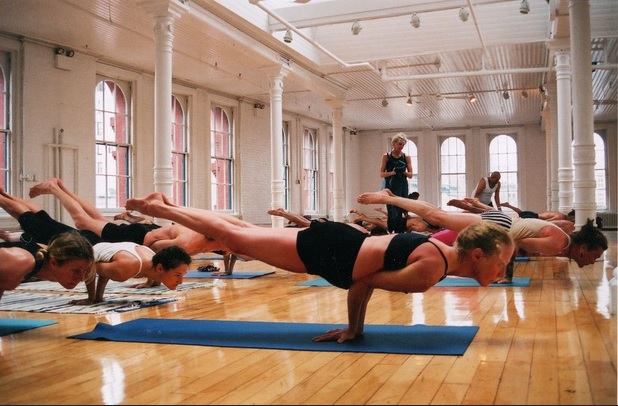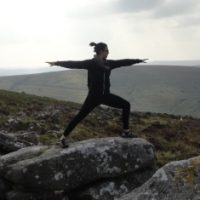Yoga studios in North America are growing at an exponential rate and this means more individuals are seeking out the benefits of the practice.
What is becoming increasingly problematic for new, or newer, practitioners of yoga is how to gain a firm understanding of the most fundamental postures in the physical practice. In recent years, I have observed a noticeable lack of foundation that is taught, or even encouraged, as practitioners are beginning their practice in advanced level poses not typically suited to their level of ability or grasp of alignment.
I remember back when I began practicing 10 years ago, classes were taught according to the level of asana (physical poses of yoga) that one practiced. For example, classes for brand-new participants were often presented as a ‘beginner level’, where poses would be taught in a way that served the purpose of creating a solid foundation for further practice. Then, when a practitioner had become proficient at a beginner level, they would move on (usually at the discretion of the teacher) to an ‘intermediate’ or ‘level two’, while specialized practitioners would participate in ‘advanced’ level classes.
Granted, my experience might be a bit biased as I was trained in the method of Ashtanga, where, under the guidance of a teacher, the practitioner would move at a pace that was safe and suited for them; completing the postures in a series starting with the most fundamental poses and, in time, working up to the most advanced.
Regardless of the method, I now notice practitioners jumping into classes taught at an intermediate and advanced level, without any foundation or awareness of basic alignment and structure of very simple postures (ie. Downward Facing Dog).
This, I view as problematic.
Without a solid foundation, I anticipate injuries waiting to happen. It is especially troubling as a teacher trying to get students to unlearn what they have already formed a habit of doing because they were never aware in the first place (or were perhaps allowed to progress to higher levels of classes without having first completed a beginner level). What I still appreciate and respect about the practice of Ashtanga is how a practitioner—if humbled by the guidance of their teacher—will carry on their practice in a way that is best suited for their level of progress.
As more and more studios are opening up to offer various methods of asana—a lot of them in very non-traditional and unconventional ways—I believe it is especially important to offer classes on a level system.
This is so that a brand spankin’ newbie doesn’t end up in an intermediate-style Vinyasa class only to be turned off because they didn’t feel accommodated, were confused, intimidated or—yoga gods forbid—they become injured because there were no structures in place to lead them otherwise.
As teachers and studio owners, we can look at ways for creating safer spaces so that all feel welcome and assured that they will be guided in a way that is beneficial and also sets a strong foundation for a lifelong practice.
Love elephant and want to go steady?
Sign up for our (curated) daily and weekly newsletters!
Editor: Renée Picard
Photo: Barry Silver/Flickr











Read 21 comments and reply